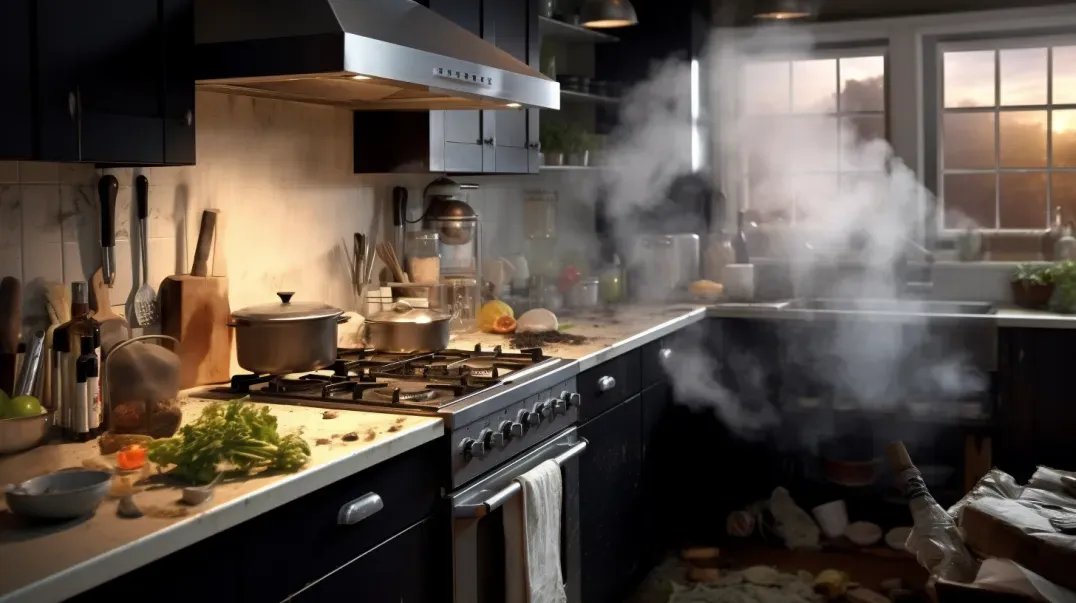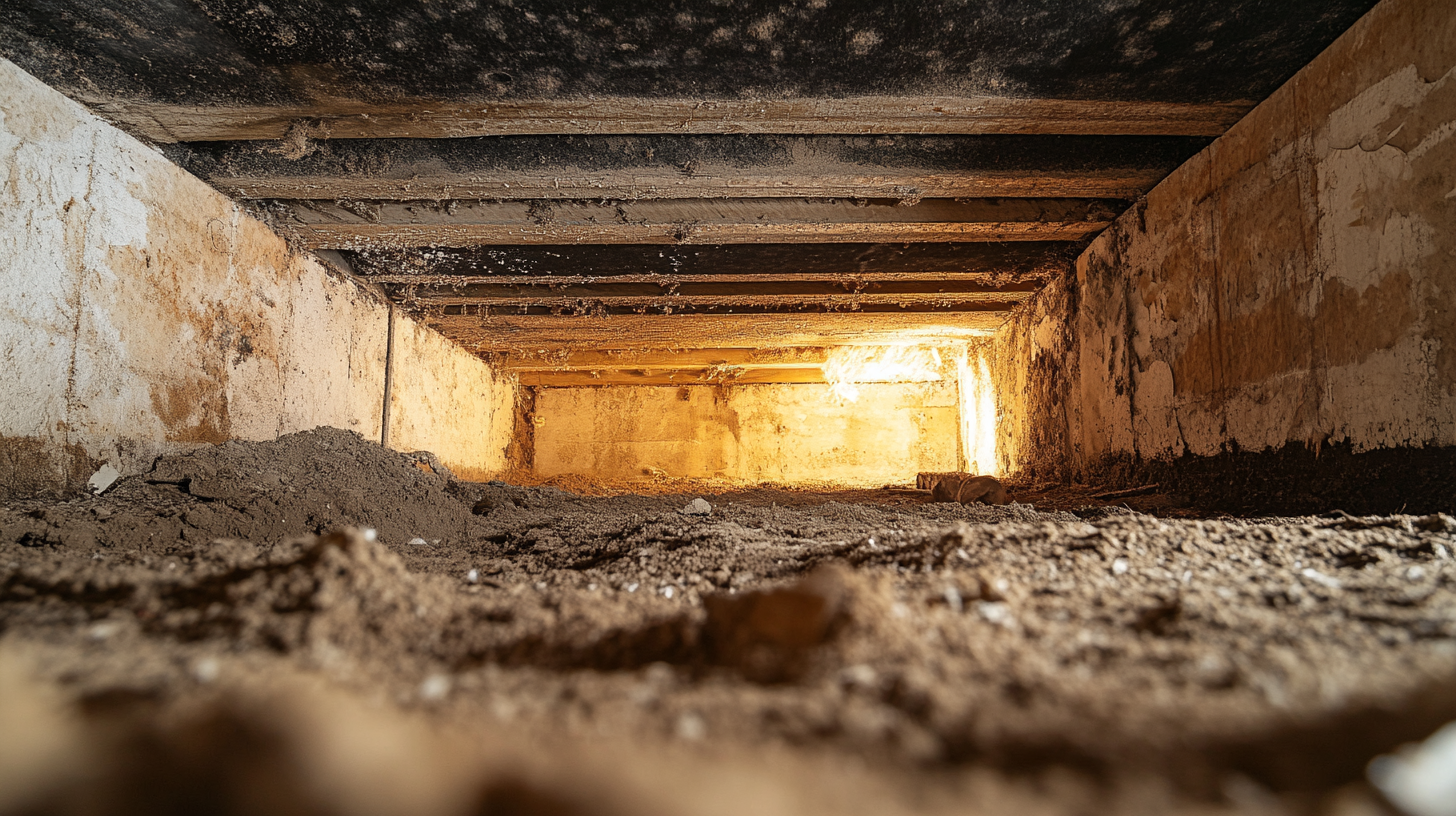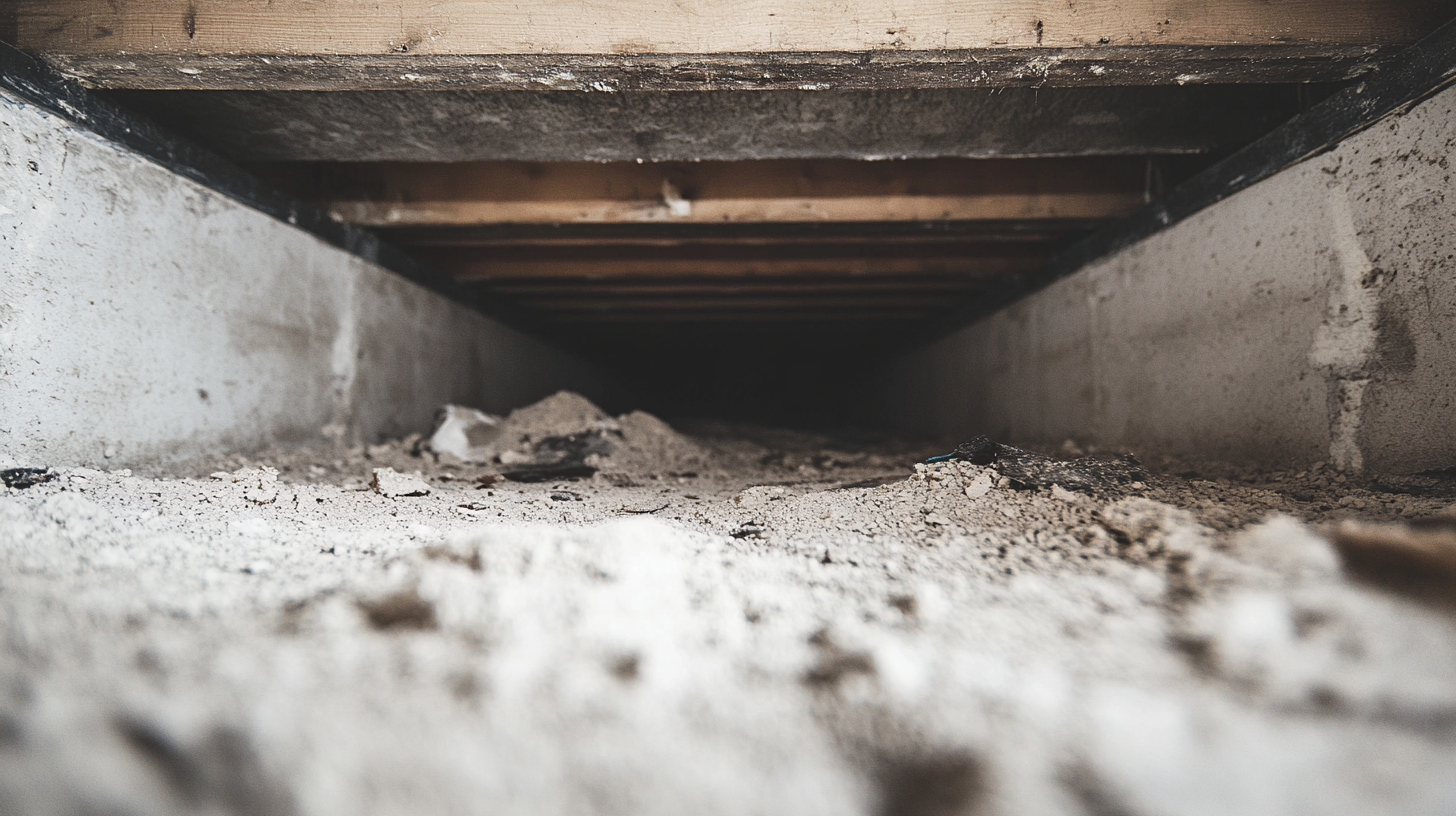Soot Removal for Car Interiors: Techniques and Tips

When we think about air pollution, our minds often drift to images of smoggy cities and industrial smokestacks. Rarely do we consider the invisible pollutants lurking within the more confined spaces of our daily lives, such as our car interiors. Yet, the accumulation of soot inside vehicles is a phenomenon that can have significant implications for air quality and, consequently, our health and well-being while on the move.
Soot, a byproduct of the incomplete combustion of fossil fuels, can find its way into our cars through various channels, including exhaust fumes infiltrating the cabin, cigarette smoke, or even the burning of oils and other materials in the surrounding environment. Once inside, these fine particulate matters settle on surfaces and circulate in the air, often going unnoticed due to their minuscule size. However, their impact on indoor air quality and the potential health risks they pose are far from insignificant.
In this blog, we delve into the mechanics of how soot accumulates within car interiors, exploring the common sources of these pollutants and the conditions that exacerbate their presence. By understanding the pathways through which soot enters and persists in our vehicles, we can better navigate strategies for maintaining cleaner, healthier air in the spaces where we spend a considerable amount of our time. Join us as we uncover the hidden world of indoor air pollution on the road, shedding light on a topic of paramount importance to drivers and passengers alike.
Understanding Soot in Car Interiors
The presence of soot within the confined spaces of our vehicles is a concern that often goes unnoticed, yet it has the potential to significantly impact both the cleanliness of our cars and our health. Soot particles, which are fine black or dark brown matter resulting from incomplete combustion, can infiltrate car interiors through various sources, settling on surfaces and circulating in the air we breathe. Understanding the common sources of soot and its impact on car interiors is essential for maintaining a clean, healthy environment inside our vehicles.
Common Sources of Soot in Vehicles
Soot can accumulate in car interiors from several sources, each contributing to the degradation of indoor air quality. Key contributors include:
- Exhaust Fumes: One of the most common ways soot enters our cars is through exhaust fumes from our own vehicle or other cars, especially in heavy traffic or when the ventilation system is drawing in outside air.
- Cigarette Smoke: Smoking inside the car not only leaves a lingering odor but also deposits soot on interior surfaces and in the air.
- Industrial Pollution: Living or driving in areas with high levels of industrial activity can increase the amount of soot and other pollutants that find their way into your car, particularly if windows are left open or the air intake is not filtered properly.
- Road Dust and Tire Particles: Vehicles stir up dust and particles from the road, including tire wear particles, which can contain soot and other contaminants that enter the car through ventilation systems.
The Impact of Soot on Car Interiors
The accumulation of soot in car interiors can have several detrimental effects, not only on the vehicle's aesthetic and comfort but also on its functionality and the health of its occupants:
- Surface Damage: Soot particles can adhere to and penetrate various surfaces within the car, including upholstery, dashboard, and electronic components, leading to discoloration, deterioration, and the need for costly repairs or replacements.
- Air Quality Degradation: Soot particles circulating in the air can significantly degrade the quality of the air inside the vehicle, posing health risks to occupants, especially those with respiratory conditions or allergies.
- Odor: Soot accumulation often carries with it an unpleasant odor, which can be difficult to eliminate and can make the driving experience less enjoyable.
- Visibility Issues: Accumulation of soot on windows and mirrors can impair visibility, posing a safety risk.
Understanding the sources and impacts of soot in car interiors is the first step toward mitigating its presence and safeguarding the health of vehicle occupants. Regular cleaning, proper ventilation, and avoiding activities that contribute to soot production inside the car are essential measures for maintaining a clean and healthy vehicle environment.
Preparing for Soot Removal in Your Car
Soot accumulation inside your car not only compromises the interior aesthetic and air quality but can also pose health risks to occupants. Preparing adequately for soot removal is crucial to restoring your car's interior to its pristine condition while ensuring the air within remains clean and safe to breathe. This preparation involves assessing the extent of soot accumulation and gathering the necessary cleaning supplies to tackle the contamination effectively.
Assessing the Extent of Soot Accumulation
Before embarking on the cleaning process, it's essential to evaluate the severity of soot contamination within your car. This assessment will help you determine the level of cleaning required and the appropriate tools and methods to use:
- Visual Inspection: Conduct a thorough visual inspection of all interior surfaces, including upholstery, dashboard, carpets, and ceiling, to identify visible soot deposits.
- Odor Detection: Soot can often be accompanied by a distinct smell. Noting the intensity of this odor can help gauge the extent of contamination.
- Touch Test: Gently running your fingers over surfaces can reveal soot residue that may not be immediately visible, indicating areas that require attention.
- Air Quality: Pay attention to any respiratory discomfort or symptoms that may suggest the presence of soot particles in the air, necessitating air purification measures.
Gathering Necessary Cleaning Supplies
Having the right tools and cleaning agents is pivotal for effectively removing soot without damaging your car's interior. Here's a list of supplies you'll need:
- Dry Cleaning Soot Sponge: Designed to remove soot from surfaces without smearing, these sponges are essential for initial cleaning efforts.
- Vacuum Cleaner with HEPA Filter: A vacuum equipped with a HEPA filter can safely remove soot particles from upholstery and carpets without recirculating them into the air.
- Microfiber Cloths: Soft and non-abrasive, microfiber cloths are ideal for wiping down surfaces after soot removal, ensuring no scratches are left behind.
- Mild Soap and Water: For washable surfaces, a mild soap solution can be used to remove any soot residues left after dry cleaning.
- Upholstery and Carpet Cleaner: Specialized cleaners may be required for soot-affected fabrics, ensuring thorough cleaning without damaging the material.
- Protective Gear: Gloves, masks, and goggles should be worn during the cleaning process to protect yourself from soot inhalation and skin contact.
Preparing for soot removal by assessing the extent of contamination and gathering the necessary supplies is the first step towards ensuring a thorough and safe cleaning process. With the right approach and tools, you can effectively restore your car's interior, improving both its appearance and the air quality inside.
Step-by-Step Guide to Soot Removal from Car Interiors
Soot accumulation inside your car can be a nuisance, detracting from the beauty of your interior and potentially impacting air quality. Whether it's from external pollution, cigarette smoke, or other sources, removing soot effectively requires careful attention to detail and the right approach for different surfaces. This guide will walk you through the process of cleaning soot from hard surfaces, upholstery, fabrics, and glass, ensuring your car's interior is restored to its original condition.
Cleaning Soot from Hard Surfaces
Hard surfaces like dashboards, consoles, and door panels can collect soot, which can be visible and unsightly. Here's how to clean them:
- Dry Soot Removal: Begin with a dry cleaning soot sponge to gently lift soot without smearing. Avoid using water or cleaners initially, as they can make soot harder to remove.
- Wipe Down: After removing the bulk of the soot, use a microfiber cloth dampened with a mild soap solution to clean the surface thoroughly. Rinse the cloth frequently to avoid re-depositing soot.
- Dry and Polish: Once clean, dry the surfaces with a clean microfiber cloth. Apply a suitable interior polish to hard surfaces to restore shine and protect against future soot accumulation.
Removing Soot from Upholstery and Fabrics
Upholstery and fabrics require a gentle touch to remove soot without damaging the material:
- Vacuuming: Use a vacuum cleaner with a HEPA filter to remove loose soot particles. A brush attachment can gently loosen soot without pushing it deeper into the fabric.
- Spot Cleaning: Treat soot stains with a specialized upholstery cleaner. Test the cleaner on an inconspicuous area first to ensure it doesn't discolor the fabric. Apply the cleaner according to the manufacturer's instructions, then blot gently with a clean cloth.
- Professional Cleaning: For severe soot contamination, consider professional cleaning services, especially for delicate or valuable fabrics.
Addressing Soot on Windows and Glass
Soot on interior glass surfaces can impair visibility and detract from the overall cleanliness of your car:
- Dry Wipe: Start by gently wiping the glass with a dry microfiber cloth to remove as much soot as possible without using liquid cleaners.
- Glass Cleaner: Use a high-quality glass cleaner and a fresh microfiber cloth to clean the glass. Spray the cleaner onto the cloth rather than directly on the glass to prevent overspray onto other surfaces.
- Buff to Shine: After cleaning, use a dry side of the cloth or a new one to buff the glass, removing any streaks and restoring clarity.
Cleaning soot from your car's interior not only improves its appearance but also contributes to a healthier environment inside the vehicle. By following these step-by-step instructions, you can effectively remove soot from various surfaces, ensuring your car remains a clean, comfortable, and safe space.
Do's and Don'ts of Soot Removal in Cars
Removing soot from your car's interior requires careful attention to detail and an understanding of the best practices to avoid causing damage to delicate surfaces. Whether you're dealing with a minor soot issue or a significant accumulation, following these do's and don'ts will help ensure effective cleaning while preserving the integrity of your car's interior.
Best Practices for Effective Cleaning
Do:
- Do Use a Dry Soot Sponge for Initial Cleaning: Before applying any liquid cleaners, use a dry cleaning soot sponge to gently lift soot from surfaces. This method helps prevent smearing and pushing the soot deeper into materials.
- Do Vacuum with a HEPA Filter: A vacuum cleaner equipped with a HEPA filter is essential for removing soot particles from upholstery and carpets without recirculating them into the air.
- Do Test Cleaners on an Inconspicuous Area: Always test any cleaning solution on a small, hidden area of the surface you're cleaning to ensure it doesn't cause discoloration or damage.
- Do Wear Protective Gear: Protect yourself from soot inhalation and skin irritation by wearing gloves, masks, and goggles during the cleaning process.
Don't:
- Don't Use Harsh Chemicals on Sensitive Surfaces: Avoid using aggressive cleaning agents, especially on delicate materials like leather and soft plastics, as they can cause fading, drying, and cracking.
- Don't Scrub Aggressively: Scrubbing hard surfaces or fabrics too vigorously can embed soot particles deeper into the material, making them harder to remove and potentially causing damage.
- Don't Ignore Ventilation: Cleaning soot from your car's interior should be done in a well-ventilated area to avoid inhaling fine particles. Open doors and windows to ensure adequate airflow.
- Don't Forget to Clean the HVAC System: Soot can accumulate in the car's heating, ventilation, and air conditioning system, recirculating particles throughout the cabin. Replace cabin air filters and consider professional cleaning if necessary.
Common Mistakes to Avoid
- Ignoring Early Signs of Soot Accumulation: Failing to address soot when it first appears can lead to more significant buildup and more challenging cleanup efforts.
- Using Colored Cloths for Cleaning: Colored cloths can transfer dye to surfaces when dampened with cleaning solutions, so it's best to use white or light-colored microfiber cloths.
- Leaving Windows Open During Cleaning: While ventilation is crucial, keep windows closed after cleaning to prevent new soot from entering the vehicle.
- Skipping Regular Maintenance: Regularly cleaning your car's interior and changing air filters can prevent soot accumulation and maintain air quality.
By adhering to these do's and don'ts, you can effectively remove soot from your car's interior, ensuring a clean, safe, and pleasant driving environment. Remember, patience and the right approach are key to tackling soot removal without causing damage to your vehicle.
Aftercare and Preventive Measures
Successfully removing soot from your car's interior not only restores its aesthetic appeal and air quality but also presents an opportunity to implement strategies for maintaining this cleanliness and preventing future contamination. Proper aftercare and preventive measures are essential to prolong the life of your car's interior and ensure a healthier environment for its occupants. Here's how to keep your car interior in top condition and minimize the risk of soot accumulation.
Post-Cleaning Care for Car Interiors
Regular Maintenance: Establish a routine cleaning schedule for your car's interior. Regular vacuuming with a HEPA filter vacuum and wiping down surfaces can prevent the buildup of soot and other pollutants.
Protective Coatings: Apply protective coatings to hard surfaces and upholstery to create a barrier against soot, dust, and spills. Products designed for automotive interiors can provide protection without damaging materials.
Air Purification: Consider using a portable air purifier designed for automotive use, especially if you frequently drive in polluted areas. These devices can help capture soot particles and other contaminants before they settle on interior surfaces.
Monitor Air Quality: Keep an eye on the air quality inside your car. Devices that measure particulate matter can alert you to increased levels of soot and other pollutants, prompting you to take action.
Preventing Future Soot Accumulation
Ventilation Management: When driving in heavy traffic or polluted areas, set your car's ventilation system to recirculate interior air. This setting prevents outside air, which may be laden with soot and other pollutants, from entering the cabin.
Avoid Smoking: Smoking inside the car is a significant source of soot and unpleasant odors. Commit to keeping your car a smoke-free zone to protect the interior from tobacco smoke residues.
Regular Filter Changes: The cabin air filter plays a crucial role in maintaining interior air quality. Replace it regularly according to the manufacturer's recommendations, or more frequently if you drive in high-pollution areas.
Seal Leaks: Ensure that door seals and window seals are intact. Leaks can allow polluted outside air to enter the car, increasing the risk of soot accumulation.
Implementing these aftercare and preventive measures can significantly contribute to maintaining a clean, fresh, and healthy environment inside your car. By taking proactive steps to care for your car's interior and minimize exposure to soot and smoke, you can enjoy a more pleasant driving experience and protect the health of all occupants.
FAQs
Contact Fast Response Cleaning & Restoration Today!
Fast Response Cleaning & Restoration will do everything we can to ensure your experience with us is excellent.
Request A FREE Estimate
Request A FREE Estimate Form
CHECKOUT RECENT POST



Have an Emergency? We're Here to Help!
When it comes to disaster cleanup, we are a seasoned veteran in the industry and have helped hundreds of property owners just like you.
Our disaster recovery teams are available 24-7 to quickly clean up and repair disasters of all types.
